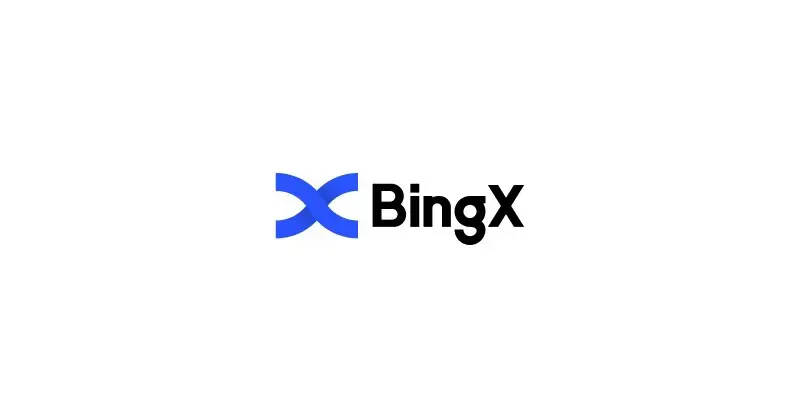The landscape of online content consumption has been evolving rapidly over the years, driven by technological advancements, changing user preferences, and shifting business models. In a significant development, YouTube, one of the world’s most popular video-sharing platforms, is considering a move that could alter the way users interact with its content. The platform’s potential shift towards restricting free ad-supported viewing raises questions about the future of user experience, content creators, and the broader implications for the digital media industry. In this exclusive analysis, we delve into the reasons behind YouTube’s move, its impact on users and creators, the evolving advertising landscape, and the potential challenges and benefits associated with this transformation.
I. The Evolution of Online Content Consumption:
As technology advances, platforms like YouTube have adapted their business models to remain relevant and sustainable.
II. Understanding YouTube’s Shift:
Monetization Challenges: YouTube has faced challenges in generating sustainable revenue from ad-supported content due to ad-blocking and user engagement patterns.
Diversification of Revenue Streams: The potential shift towards restricting ad-supported viewing could incentivize users to explore alternative subscription-based models.
III. Implications for Users:
Impact on Free Viewing: Users who have grown accustomed to free ad-supported content may face changes in their viewing experience.
Premium Subscriptions: YouTube’s push towards subscription models may encourage users to opt for premium plans to access ad-free content.
IV. Impact on Content Creators:
Revenue Generation: Creators heavily rely on ad revenue, and any significant change could affect their income.
Monetization Alternatives: Creators may need to diversify their revenue streams by exploring subscription models, sponsorships, and merchandise sales.
V. The Changing Advertising Landscape:
Personalization and Targeting: Advertisers increasingly seek personalized and targeted ad placements to maximize their impact.
Ad-Blocking Challenges: Ad-blocking software has contributed to revenue losses for platforms that rely heavily on ad-supported models.
VI. Benefits of Subscription Models:
Enhanced User Experience: Subscription models offer users an ad-free experience, which can lead to improved satisfaction.
Stable Revenue: Subscription revenue can provide a more stable income source for platforms and content creators.
VII. Challenges and Concerns:
User Adoption: Convincing users to switch from ad-supported to subscription models may pose a challenge.
Content Quality: The shift may raise concerns about the quality and variety of content available to free users.
VIII. Industry Trends and Competition:
Rise of Subscription Services: YouTube’s move aligns with the trend of platforms diversifying revenue streams through subscriptions.
Competition from Other Platforms: The competition for viewers’ attention is intense, with platforms like Twitch, Netflix, and TikTok vying for market share.
IX. User-Centric Approach:
Balancing User Experience and Revenue: Platforms like YouTube must navigate the fine line between satisfying users’ preferences and generating revenue.
Feedback and Adaptation: User feedback will play a crucial role in shaping the direction platforms take in terms of monetization models.
X. Shaping the Future of Online Content:
Personalization and Innovation: The shift towards subscription models encourages platforms to innovate and provide unique value to users.
User Engagement Strategies: Platforms will likely invest in strategies to keep users engaged, whether through exclusive content or interactive features.
Conclusion:
YouTube’s potential move towards restricting free ad-supported viewing marks a pivotal moment in the evolution of online content consumption. As the digital media landscape continues to evolve, platforms must navigate the challenges of monetization while considering user preferences and content creator livelihoods. This shift reflects the industry’s ongoing transformation, where personalization, subscription models, and diversified revenue streams play key roles. While the transition may encounter resistance and challenges, it also presents an opportunity for platforms to redefine user experiences, innovate, and create sustainable ecosystems that benefit both users and creators in the long run.











